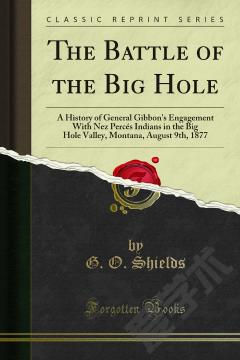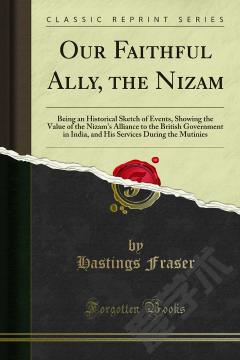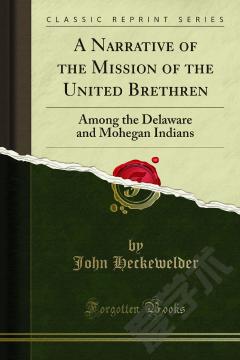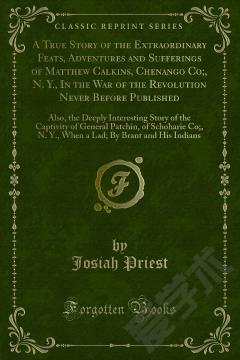Great Historical Mutinies —— Comprising the Story of the Mutiny of the Bounty, the Mutiny at Spithead, the Mutiny at the Nore, Mutinies in Highland Regiments and the Indian Mutiny
-----
The authorities followed in writing this volume will be acknowledged by all as the best on their respective subjects - at least, for the purpose the author of it had in view. That was to supply a readable book, on a subject of historical interest, in which every fact stated could be relied on as authentic. The authorities chiefly followed are - for the Mutiny of the Bounty, Sir John Barrow and Lady Belcher; for the Mutinies at Spithead and the Nore, Mr Johnson Neale; for the Mutinies in Highland Regiments, Stewart's Sketches of the Highlanders of Scotland and the journals of the period, especially the Scots Magazine; and for the Indian Mutiny, Chambers's History of the Revolt in India. There were many books to choose from for the last mutiny, but the volume named has been most largely made available. Wherever it seemed in reasonable taste the author has quoted his authority, or otherwise referred to it; but he has not thought it either necessary or seemly to obtrude well-known names upon his readers, as if to catch a reflection of the credit due to them. Thus he makes no pretension to supply his readers with new facts. He is responsible only for choosing a subject of sufficient interest, culling as judiciously as he can from the ample materials at hand, and making such reflections during the course of the narrative as seem to be just and useful.As to the subjects, the mutinies recorded in this volume are unique in the history of the world. Their story is a peculiar inheritance of the British nation. The Bounty, the object for which she sailed, the adventures of the mutineers, and the living result visible to-day in Norfolk Island, have no parallel in history. Fiction pales before the results. Lord Byron's Island, partly founded on it, is tameness itself when compared with the thrilling story as it reads in tolerable prose.
{{comment.content}}








 京公网安备 11010802027623号
京公网安备 11010802027623号